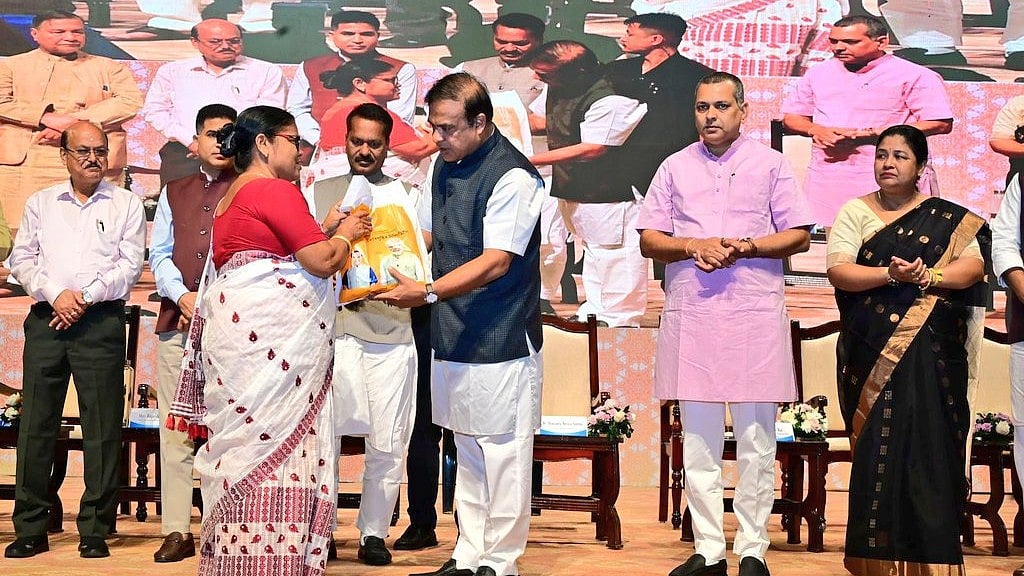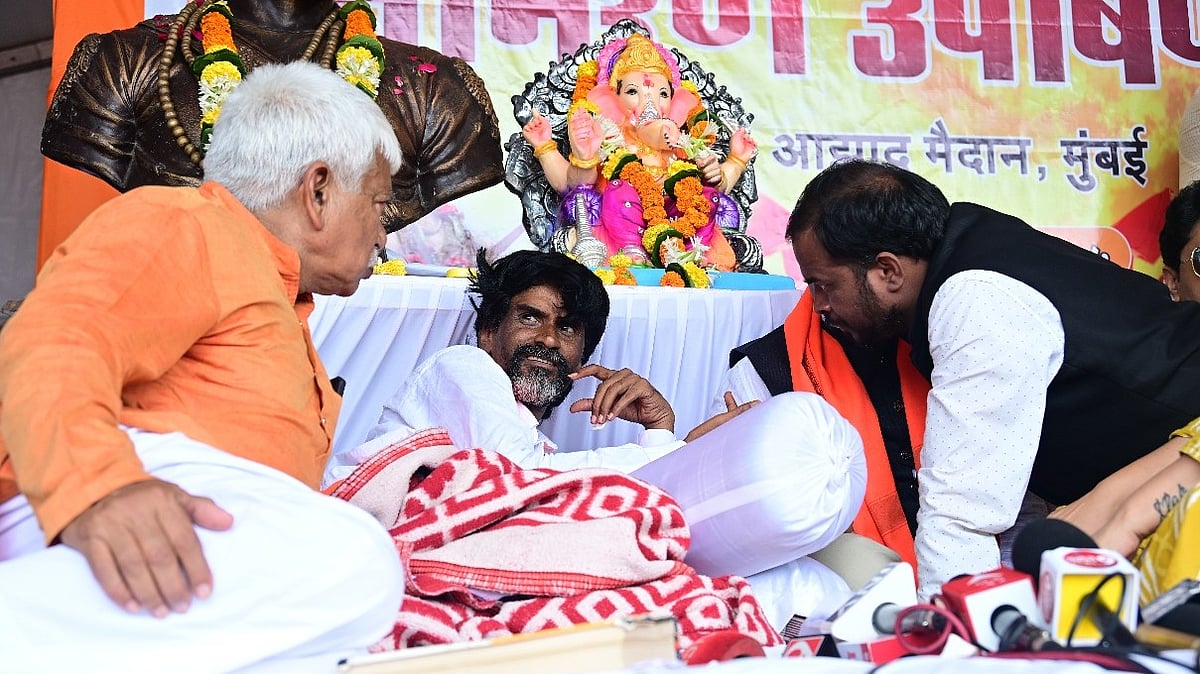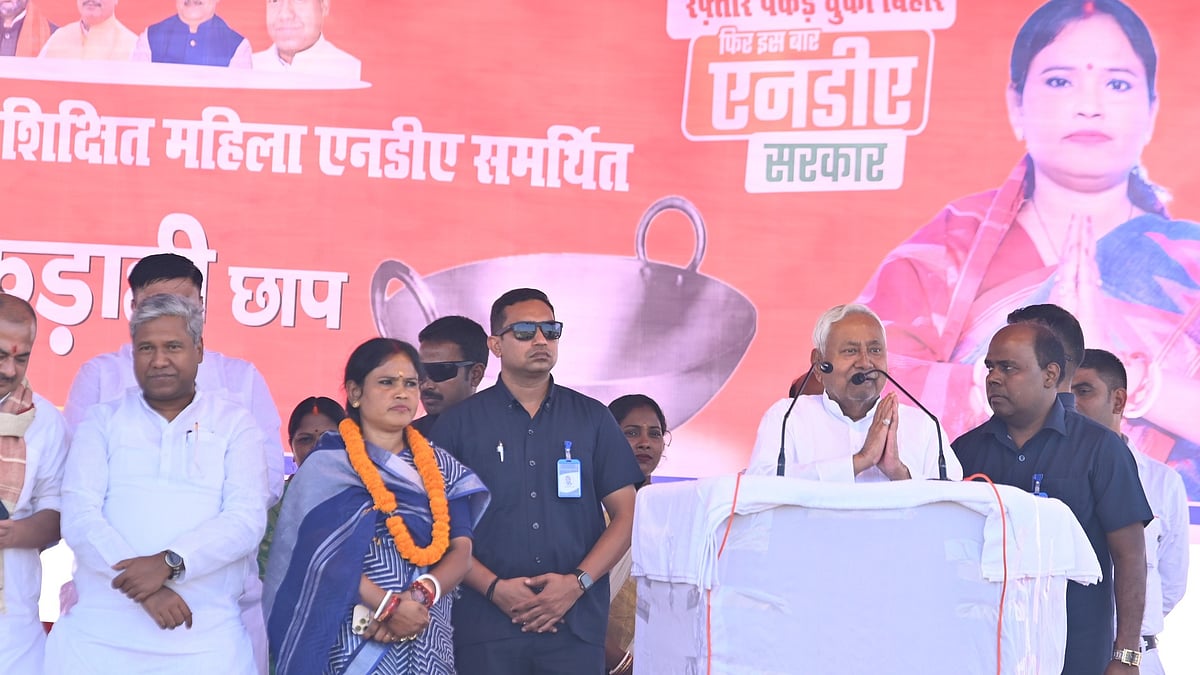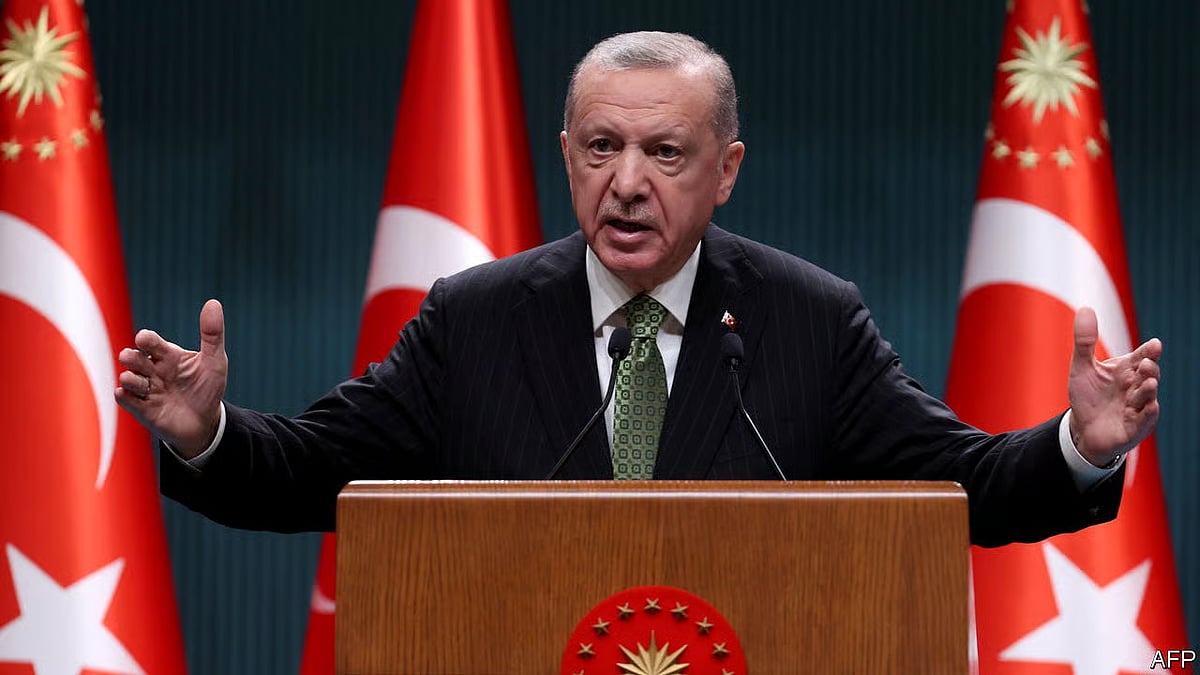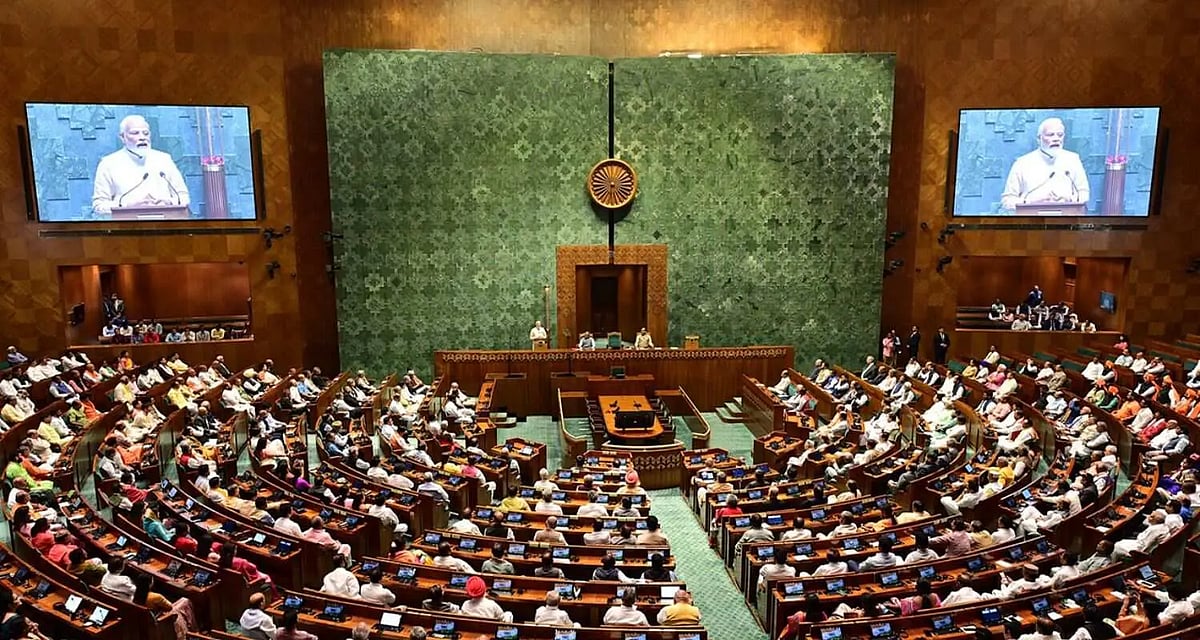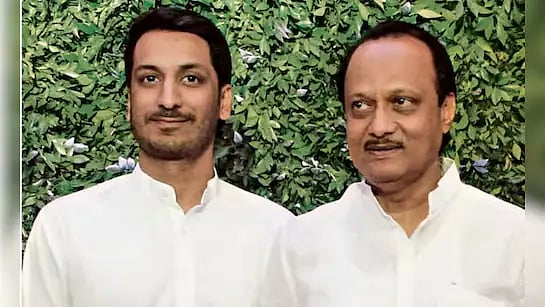How long does it take for science to catch up with traditional wisdom? Perhaps centuries. At the moment scientists are jubilant after discovering that infusing young blood into old mice makes them healthier in body and mind. Ah well. Glad that the scientific folks finally got around to making the connection.
For ages ordinary folk have been talking of ‘rejuvenating’ a weak or decrepit organisation by ‘infusing young blood’ or ‘new blood’ into it. Now we know that what works for the body politic and body corporate also works for the body natural.
A study by Stanford University School of Medicine, published this week in ‘Nature Medicine’, proves that it is possible to recharge aging brains by infusing young blood into the aging body that hosts said aging brain. At the moment this is true of mice – since the rather brutal laboratory experiments allowed on lesser animals are thankfully not allowed on humans yet. The biologists either injected plasma from young mice into doddering old mice, or surgically connected the circulatory system of a young mouse to that of an old one so that they had a shared blood supply.
The concept was pioneered in the 1950s by Clive M McCay and his colleagues at Cornell University where they had found that the old mice (by then killed to be examined) seemed to have become physically more youthful. Now these experiments focusing on the brain have shown similar results. Giving old mice young blood seems to have made them smarter and less dotty than they previously were. In short, young blood seems to have reversed age related damage to the brain.
If this works for humans, it could open up new ways of recharging our own old and worn out brains. Equally, if not more importantly, it could lead to breakthroughs in ways of treating dementias like Alzheimer’s disease. I only hope it will not lead to bizarre experiments exploiting poverty-stricken young men and women from developing countries.
The study looked keenly at the hippocampus – the part of the brain that is crucial for some kinds of memory, and is affected pretty badly by age. After older mice got plasma from the blood of younger mice, the nerve cells in their hippocampus made stronger connections between one another, which led to better learning and better memory.
This study, led by Tony Wyss-Coray of Stanford University and Saul Villeda of the University of California San Francisco, gains particular importance when compared to three other studies regarding young blood in old mice.
A similar study involving old and young mice surgically attached to share a blood supply found that elderly mice with new blood had a better sense of smell – pretty important for creatures who sniff their way through life. Led by Lee Rubin of Harvard University, this study to be published this week in ‘Science’, shows that old brains grow more neurons in parts that are linked to smell, and thus regain the sharp sense of smell that young mice have and old mice lose.
Another study with old and young mice sharing a blood supply that was published in ‘Science’ showed how young blood made old mice better at exercising and rejuvenated their hearts. Led by Amy Wagers of Harvard University, the study showed that growth factor GDF11 was responsible for this improvement. Earlier research seemed to suggest that GDF11, which is found in both young humans and young mice, is the secret fountain of youth.
A decade ago, Wagers was part of a similar study led by Thomas Rando at Stanford University School of Medicine. They found that old mice surgically attached to young ones healed much quicker than other old mice and repaired damaged organs like the liver with remarkable speed.
Dr Rando suggested that perhaps one should focus not just on stem cells – which are looked upon as the fountain of youth – but also at the environment that these cells exist in, at the blood that hosts it. The belief that stem cells die off and thus cause us to be old and dotty and finally dead may not be the whole story. The stem cells need to pick up the right signals from the blood they live in.
Stem cells are crucial in our search for eternal youth. In the Bahamas, Peter Nygard, 70, has been advocating stem cell treatment for any old chap who wishes to reverse aging. Apparently he himself has been taking stem cell treatment for four years and is physically getting younger, if his biological markers are to be believed.
And last month, a study published in ‘Genome Research’ suggested that our stem cells determined not just how old or youthful we are but also how long we live. Analysing the blood and tissues of Hendrikje van Andel-Schipper, who died in 2005 when she was 115 years old, the study found that she had used up all but two of her stem cells. These wondrous stem cells can divide – but only upto a certain point. Then they expire. And when most of them die out, we die.
The quest for immortality has been a basic urge of humankind. And given our obsession with youth and longevity, I am sure there will be no end to our hunt for eternal youth. Yogis in our own country have been achieving incredible results with yoga, meditation and breathing techniques. We now do all that as well – in an easy, ready-to-use, pill popping kind of way. We have always heard that yoga can actually reverse age-related degeneration of the mind and body – perhaps someday scientists would like to study that as well.
Antara Dev Sen is Editor, The Little Magazine.
Email: sen@littlemag.com
Antara Dev Sen

